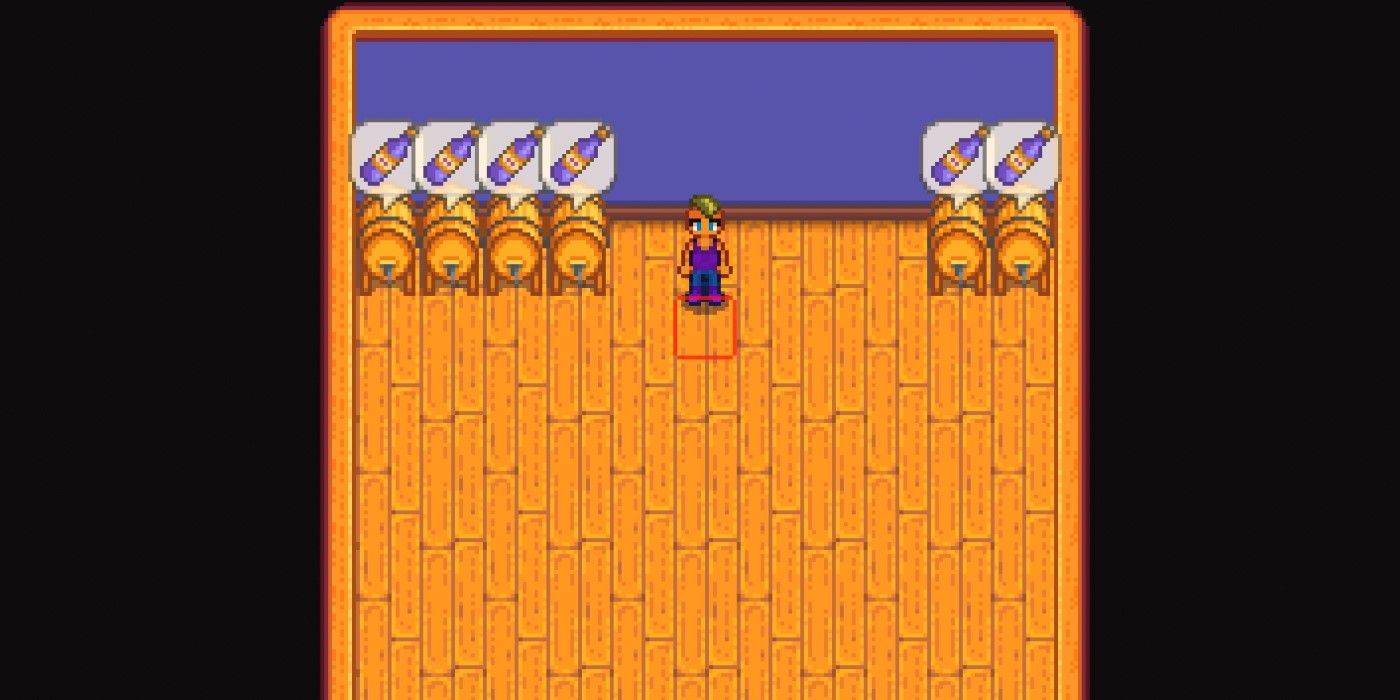This Stardew Valley guide compares Kegs and Preserves Jars, two crucial tools for transforming crops into valuable artisan goods. While both increase profit, especially with the Artisan profession's 40% bonus, their effectiveness varies depending on the item and player's farm stage.

Kegs and Preserves Jars: A Side-by-Side Comparison
Both Kegs and Preserves Jars create artisan goods from produce, regardless of input quality. However, Keg products generally yield higher profits. Wine, for instance, significantly outperforms Jelly in terms of profit margin. Furthermore, alcoholic beverages from Kegs can be aged in Casks for even greater returns, potentially doubling profits with Iridium-quality results.
However, Kegs demand more resources (wood, copper, iron, oak resin) and a longer processing time. Building a large-scale Keg operation requires significant upfront investment and time. The need for Casks adds further expense and complexity.
Preserves Jars, conversely, are inexpensive and quick to craft, making them ideal for early-game farming. Their faster production cycle can offset the lower profit per item, particularly for low-value, high-yield crops like blueberries. For fruits under 50g and vegetables under 200g, Preserves Jars often prove more efficient.

Item Compatibility:
Some items are exclusive to one container or the other. Roe requires Preserves Jars, while Honey needs Kegs. Fruits and vegetables can go in either, offering flexibility.
Conclusion:
The "better" choice depends on your farm's stage and goals. Preserves Jars offer an accessible, rapid return on investment, perfect for early-game profit generation. Kegs provide superior long-term profits but demand a greater initial investment and longer processing times. A balanced approach, utilizing both Kegs and Preserves Jars, maximizes efficiency and profit potential. The 1.6 update expanded usable items for both, including foraged goods like leeks and winter roots, adding further versatility.






